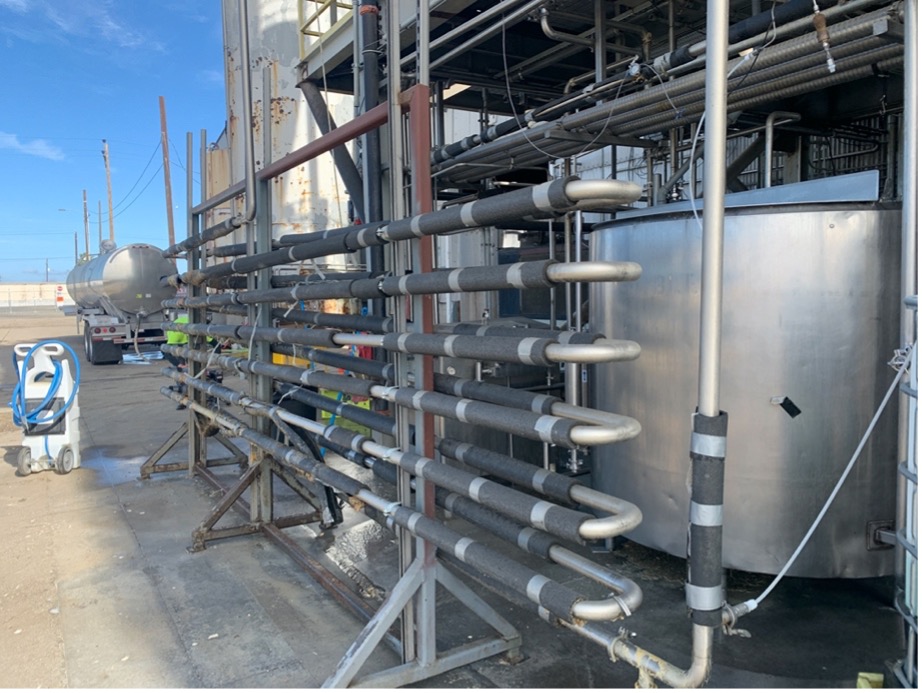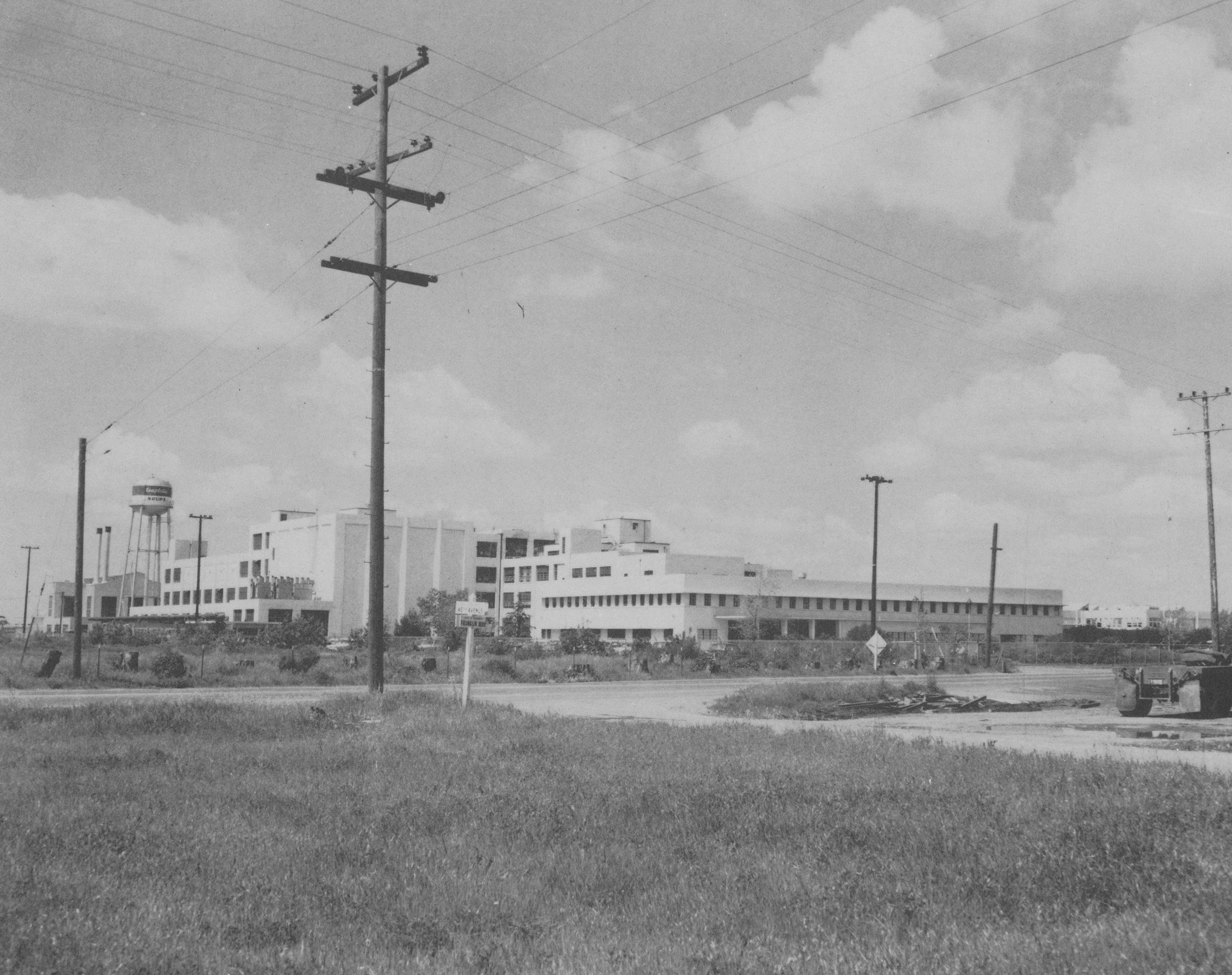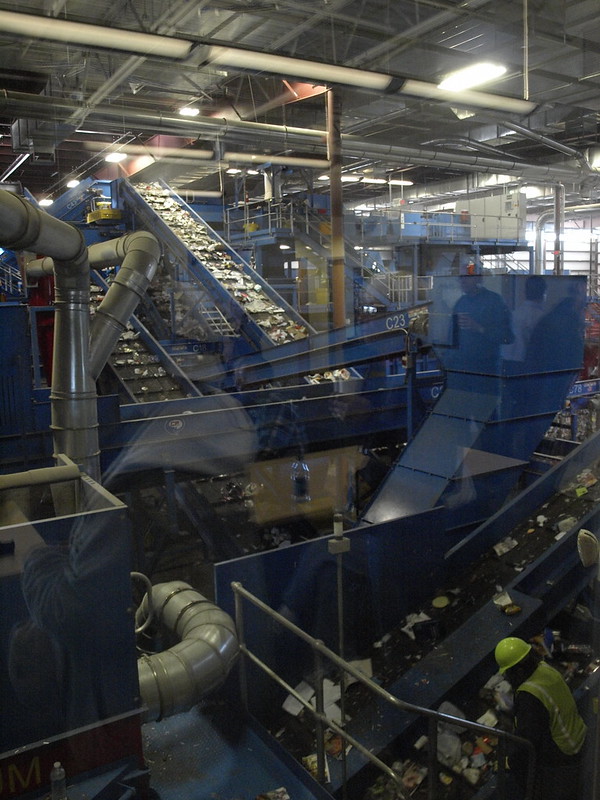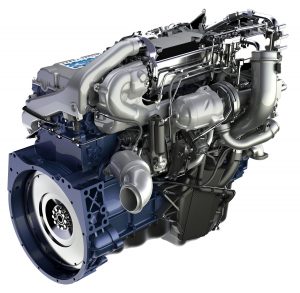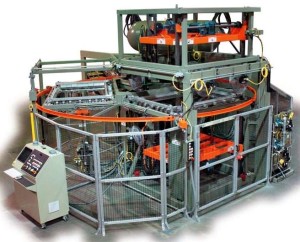
Plastics, as a manufacturing industry with its own specialized equipment that needed to be appraised, started to take hold shortly after World War II. It wasn’t until the late ‘70s and early ‘80s, however, that “modern” plastics really started to come into their own. Nowadays, of course, we’d be hard-pressed imagine a life without plastics; plastics are considered by designers and engineers as basic as more traditional materials such as wood, paper, metal, glass and leather.
And the plastics industry continues to grow! The plastics manufacturing industry invested over $9.6 billion on new capital equipment in 2012 and in the third quarter of 2013, manufactures and supplier of primary plastics machinery improved markedly, up to an estimated total of $327.6 million. Primary plastics machinery includes equipment for injection molding, extrusion, blow molding, and thermoforming. These machines, like CNC machines, are generally customized to manufacturer specific products. While I enjoy inspecting more general multi-purpose equipment such as trucks, trailers, and tractors, manufacturing equipment continues to fascinate me simply because of its specificity and customization.
Along with the primary plastics machinery, plastics equipment appraisals can involve plastics recycling equipment and ancillary equipment, along with tooling and molds. And of course, plastics equipment continues to improve and diversify along with increased use of plastics.
Injection molding equipment is an excellent example of how plastics manufacturing equipment has changed dramatically in the past decades. If I’d been appraising plastics manufacturing equipment in the late ‘70s, for instance, most of the injection molding machines (also known as “presses”) that I’d have been valuing would have been mechanical or hydraulic. In the early 1980s, Electric Machine Technology (EMT) was introduced: faster, quieter, more accurate, and more energy efficient, these machines have become the norm for plastics injection molding. Hybrid injection molding equipment is also quite common. And let’s not forget gas-assist injection molding –– which recently converted approximately 111 20-ounce soda pop bottles into a Navy Chair –– and water-assist injection molding. Presses can also be used for molding molten glass, metals and confections …
Extrusion equipment is also used for confections as well as variety of other food products, but let’s stick to plastics production: film extrusion; pipe, profile & tubing extrusion, and sheet extrusion. Back to the third quarter of 2013, it’s interesting from an equipment appraisal perspective that production of twin-screw extruders were up 72%. This is something to keep in mind while considering the various types of depreciation that equipment is subject to. What’s interesting about twin-screw extruders in plastics manufacturing is that the technology has been around for more than 50 years. Like many manufacturing innovations, though, it takes a while to achieve mainstream use.
Most plastics manufacturing centers on forming the plastic substance around molds, as you might suspect from the vocabulary! Injection molding, of course, injects the molten plastic into a mold. Blow molding also injects molten plastic into a mold, but then the plastic is literally blown out –– like a balloon! This process is used for hollow products such as plastic bottles. There’s equipment for Extrusion Blow Molding, Injection Blow Molding, and Stretch Blow Molding, which was developed in the early 70s for packaging detergent and is now the primary method of making carbonated beverage bottles. The things we learn as equipment appraisers! Here’s a very short video of the process that you might enjoy.
Thermoforming equipment also uses molds to shape the plastic –– or not. Thermoforming equipment heats a 2-dimensional rigid sheet and then uses vacuum and/or pressure to form the sheet into a 3-dimensional object, often around a mold. The equipment comes in a variety of possibilities: in-line, single station, double-ender, rotary, continuous roll-fed, or the complete thermoforming line-former and trim press. Because tooling costs for thermoforming is much lower than that for injection molding, it’s often used for shorter manufacturing runs or for smaller products. It’s a particular favorite for packaging.
The variety of plastics industry equipment makes each valuation of plastics industry equipment different. Sometimes the equipment is similar to that used in other manufacturing industries, such as food processing –– but each piece of machinery is distinct. And in California, where we have more plastics industry employees than any other state, there’s certainly a variety of plastics industry equipment to appraise.
Jack Young, ASA, CPA
NorCalValuation Inc.
